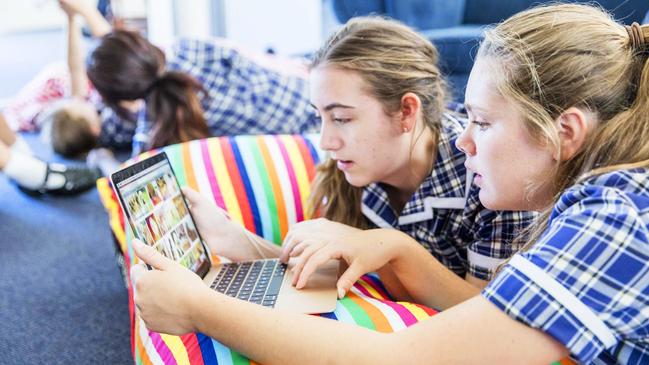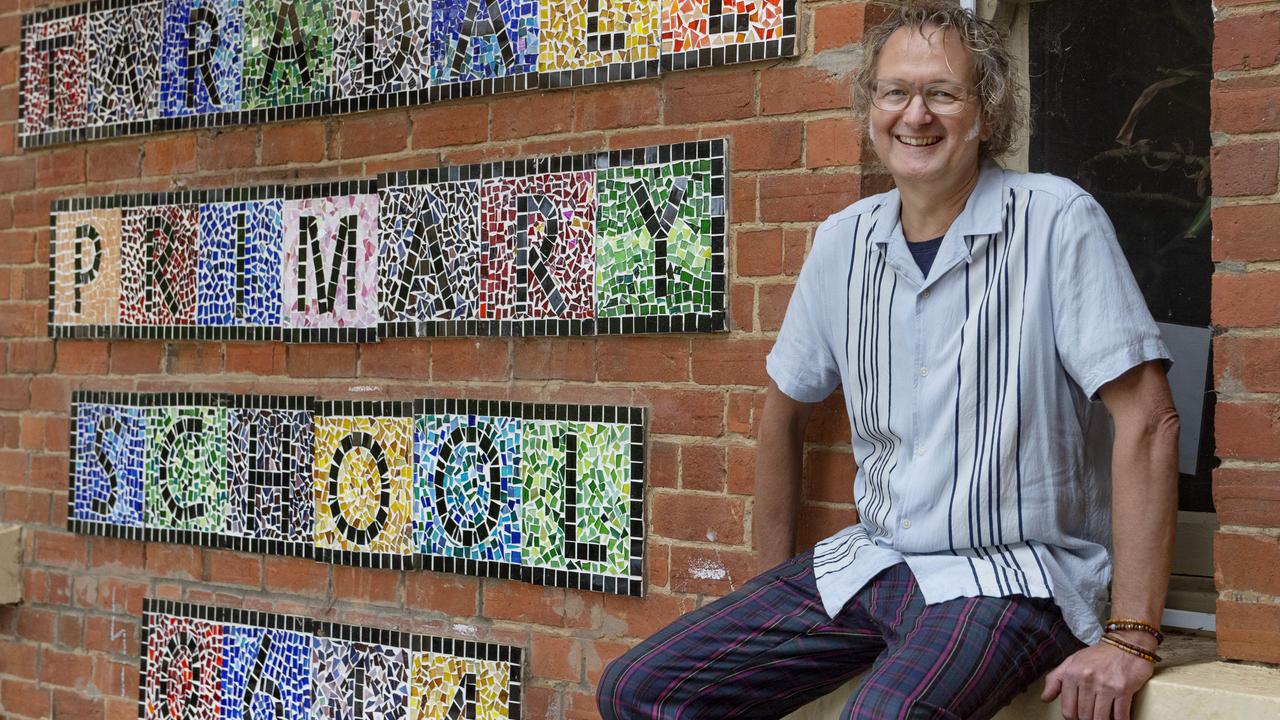Boarding school coronavirus guidelines relaxed
After desperate pleas from rural parents and boarding schools, the Australian Health Protection Principal Committee has changed its coronavirus guidelines for boarding schools.

STRINGENT coronavirus guidelines for boarding schools have been relaxed, in a win for rural families who are “weary, to the point of fatigue” of complying with strict rules.
The Australian Health Protection Principal Committee yesterday updated its advice about school dormitories, which for six weeks had required a “significant reduction on normal occupancy to 25 per cent of usual level”.
In place since May 2, the rules limited the number of children who could return to boarding houses, restricted students out-of-house activities and mandated that families were in proximity to collect students if an outbreak were to occur.
In new guidelines released yesterday, the AHPPC said sleeping arrangements in dormitories needed to be “prudently managed”.
Australian Boarding Schools Association chief executive Richard Stokes said the change gave boarding schools flexibility to manage the safety of their students while taking into account their unique circumstances.
“We are very thankful for the changes,” Mr Stokes said. “We had all sorts of different things happening around the country. Different councils and health departments were reading the document to letter of the law. When it said ‘25 per cent’ in relation to returning to dormitories – their definition of a dormitory and the reality were two different things.

“In the new document, it says that dormitories are a risk, but they are a risk you can assess. That is the number one change to the guidelines.
“Which has meant boarders can come back to school. It puts it on the shoulders of the school to have an effective risk-management plan.”
The AHPPC is comprised of all state and territory chief health officers and chaired by Australian Chief Medical Officer Brendan Murphy.
Parents and teachers have been campaigning for changes to the committee’s boarding school guidelines for the past six weeks.
The NSW chapter of the Isolated Children’s and Parents’ Association completed a survey of 500 families across all states and territories, and found that 50 per cent of boarding students had not returned to boarding houses.
“For 75 per cent of those that hadn’t returned, the reason was no room in the boarding houses,” said NSW ICPA president Claire Butler.
She said parents were also concerned about the restrictions, which meant at many schools boarders were not able to go out on weekends, not participate in sport and parents were required to be able to pick up their child within four hours of a coronavirus outbreak.
“ICPA-NSW feels that the boarding schools are doing the best they can, given that they have to follow the AHPPC guidelines and ultimately have a duty of care over the health and wellbeing of all students,” Ms Butler said.
“I know of schools that are offering families meals from their dining halls to make the ‘living away from home’ a bit easier. Schools with vacant staff accommodation available for families, even teachers and boarding staff offering to billet students to live with their own families. “Everyone is now getting very weary, to the point of fatigue, from parents who have had children home remote learning for the past 10 weeks to teachers and staff who have all had to make huge adjustments.
“The concern now is what will happen in term 3, especially for the geographically isolated.
“Some parents are currently ‘tag teaming’ with other parents and living in rental accommodation in Victoria, sharing the supervision of their children so they can return to school.
“We feel the schools themselves have gone above and beyond in trying to find solutions for everyone to get back to face-to-face learning, given that staff are having to make decisions they normally do not need to make, under challenging circumstances.”
“We are told young people and children are not at great risk from COVID-19, and we understand the cautious approach from the medical officers with regards to return to boarding, however we believe boarding students are under disproportionate restrictions, due to the AHPPC guidelines.”
Mr Stokes said the revised guidelines removed local and state health departments from the decision-making process, instead telling schools to liaise with state and territory education departments about risk management procedures.
Students’ mental health was also added to the list of risk-assessment criteria.
Since classroom teaching resumed in late May, some schools risk-management plans have included banning all non-employee adults, including family members, from entering boarding houses, restricting students’ outdoor recreation and exercise to one hour a day and limiting off-campus excursions to one a week.
MORE
ICPA CALLS FOR CHANGE ON BOARDING SCHOOL RESTRICTIONS
BOARDING SCHOOL FEES ON THE RISE
RETURN TO CLASS STIRS MIXED EMOTIONS AFTER RURAL TOURISM RUSH


